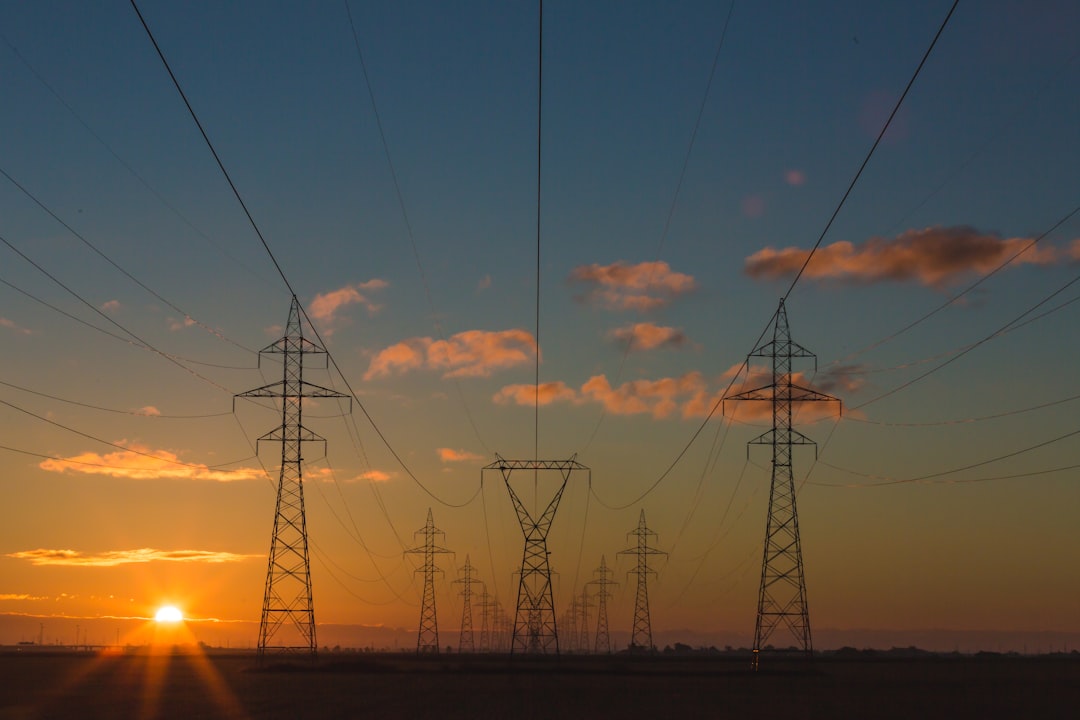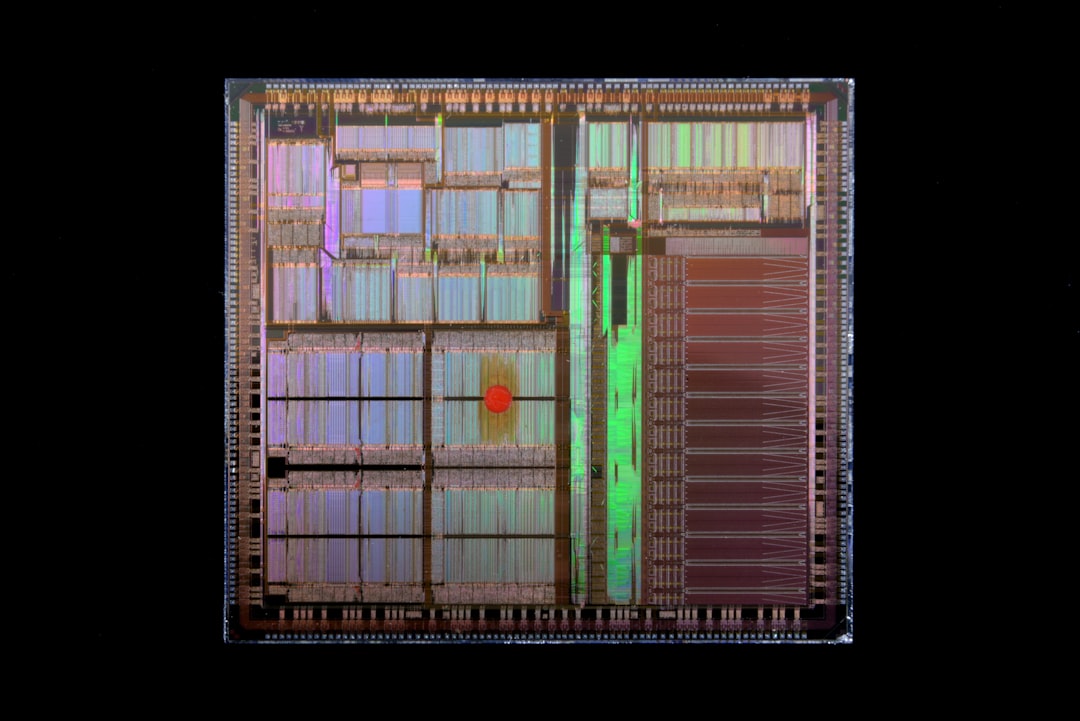What is it about?
A 4 × 4 array multichannel magnetic stimulation system based on a submillimeter planar square spiral coil is proposed. The effects of multiple currents with different directions on the electromagnetic field strength and the focusing zone of the array-structured magnetic stimulation system are studied. The spatial distribution characteristics of the electromagnetic field are discussed. In addition, a method is proposed that can predict the spatial distributions of the electric and magnetic fields when currents in different directions are applied to the array-structured magnetic stimulation system.
Featured Image

Photo by Natanael Melchor on Unsplash
Why is it important?
The study results show the array-structured multi-channel magnetic stimulation system based on a planar square spiral coil can have a small size of 412 μm × 412 μm × 1.7 μm, which helps improve the spatial distribution of the electromagnetic field and increase the effectiveness of magnetic stimulation. In addition, our device permitted electronic spatial adjustment of the stimulus shape and location without moving the coils. This study can serve as an important reference for research on multi-point stimulation regulation of implantable micro-magnetic stimulation devices.
Perspectives
The development of a new multichannel magnetic stimulation system may be useful because the µMS affects only a restricted brain area. Indeed, the small size of micro-coils and their finer focality with multichannel contribution might be suitable for chronic use, which is difficult using conventional large transcranial magnetic stimulation (TMS) with simple round or figure-eight coils.
Lei Tian
Read the Original
This page is a summary of: A 4 × 4 array multichannel magnetic stimulation system using submillimeter sized planar square spiral coils: The spatial distribution of electromagnetic field, International Journal of Applied Electromagnetics and Mechanics, March 2022, IOS Press,
DOI: 10.3233/jae-210139.
You can read the full text:
Contributors
The following have contributed to this page










